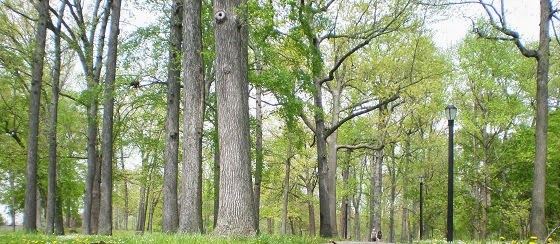At the northern tip of Manhattan lies the Muscota Marsh.
It is a place of many "meetings". . .
where land MEETS water. . .
. . .the
Munsee tribe of the
Lenape Indians fished, farmed and hunted there. "
Muscota" is a Lenape word meaning "
meadow by the water" or "
where the reeds grow" (
see Thomas Rainer's wonderful blog post, Muscota Marsh Park: A Lucid View of Troubled Waters for an in depth discussion of the marsh's cultural impact and history).
where fresh and salt waters MIX. . .

. . . or
estuaries-- a place where rivers, streams, creeks, etc., empty out into the sea or the ocean. They are some of the most rich, diverse and productive of natural habitats.
For the Lenape, the marsh was a place abundant in oysters, clams, crabs and fish. They fashioned the reeds growing there, into "
weirs" to trap the fish.
where the northern tip of Manhattan KISSES the western edge of the Bronx. . .
. . .in
the time of the Lenape, at tide's ebb, they could walk across the
mudflats between the two land masses. Centuries later it would be
dredged to create the
Harlem River Shipping Canal, thus effectively and finally separating them.
where culture and history CLASH. . .
. . .here the Lenape would encounter the Dutch. And, like the insistent pull of the tide, so too would begin the inexorable shift from one way of life to another. . .the Dutch gave the waterways bounding Manhattan their own names
. . .Spuyten Duvil Creek. . .the Harlem River, which flow into each other there.
and, most recently, where Columbia University
ENCROACHES upon the surrounding community. . .
 . . .
. . .the restoration of this green space is an
amenity received through a
community benefits agreement, in return for allowing Columbia to build a stadium and athletic center, down the street.
In this place of many meetings, an attempt has been made
to reconnect the community to the waterfront. . .
the re-intersection of the urban and natural worlds.
Will it be successful? Only time will tell.


 . . . or estuaries-- a place where rivers, streams, creeks, etc., empty out into the sea or the ocean. They are some of the most rich, diverse and productive of natural habitats.
. . . or estuaries-- a place where rivers, streams, creeks, etc., empty out into the sea or the ocean. They are some of the most rich, diverse and productive of natural habitats.





